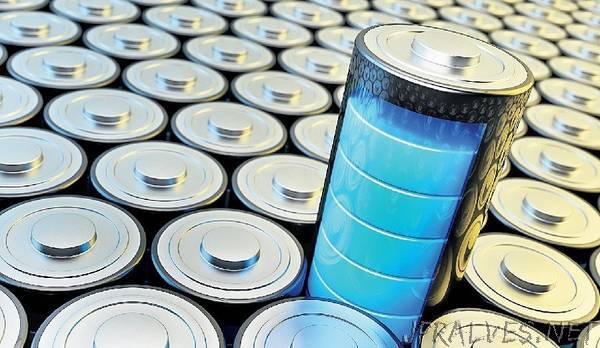
“A group of Russian researchers from NUST MISIS, the Institute of Microelectronics Technology & High-Purity Materials RAS, and the National Research Center “Kurchatov Institute”, has proposed a method of accurately predicting the properties of beta-voltaic batteries. Its application will significantly reduce the cost of developing these elements.
Scientists and researchers from around the world have been trying to solve the problem of high-efficiency beta-voltaic elements (nuclear batteries) for more than half a century. The pursuit is based on the conversion of beta-radiation of the radioactive nickel isotope into electrical energy with the help of a conductor.
These high-efficiency batteries can last for decades and have a wide range of potential applications, from medicine to space technology.
The inability to accurately predict the operating parameters of batteries has forced experts to operate on a trial and error system for decades, and is a serious limitation for many developers.
A group of Russian researchers has solved this problem by developing a method of accurately predicting the parameters of beta-voltaic cells consisting of a radioactive source and a semiconductor converter.
This method will optimize the structure and parameters of nuclear batteries without applying an expensive layer of radioisotopes, thus reducing their cost.
“We have used the idea of beta-radiation simulation by electron beam. A method of simulating beta radiation with a monoenergetic electron beam was proposed since the dependences of beta-electrons and electron beam energy absorption differ qualitatively”, said Professor Boris Yakimov, researcher at NUST MISIS and one of the research authors.
According to Yakimov, the realistic prediction of nuclear batteries’ parameters will allow scientists to more accurately determine the scope of their application.
Researchers have confirmed the high reliability of their results using a radioactive source.
“The study of semiconductor structure makes it possible to predict the parameters of the element created on its basis with an accuracy of no less than 30%, which exceeds earlier calculations”, Yakimov added.
Currently, calculations have already been carried out for several group of developers of beta-voltaic cells. The research results have been published in “Applied Radiation and Isotopes”.”
